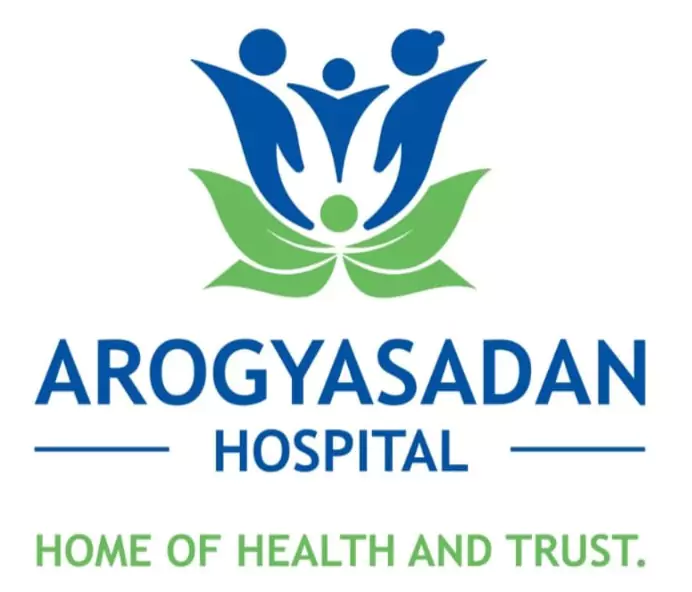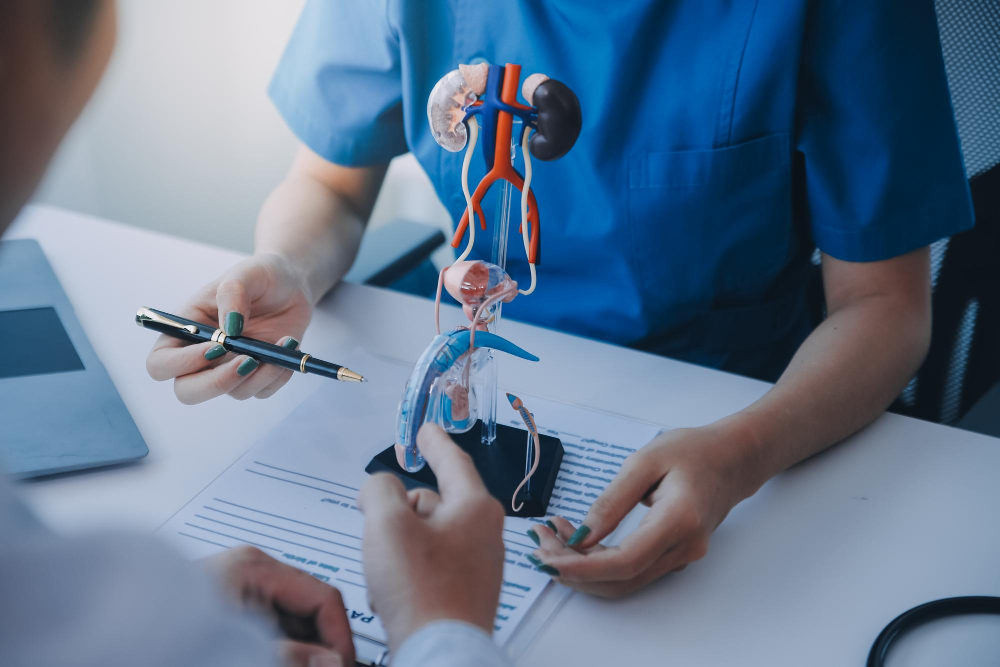What is TURP Surgery?
TURP surgery, or Transurethral Resection of the Prostate, is a common treatment for prostate problems. In this procedure, doctors remove parts of the prostate gland through the urethra. The urethra is the tube that carries urine out of the body. TURP surgery helps men who have trouble urinating because of an enlarged prostate. This surgery is often called the TURP procedure.
Who Needs TURP Surgery?
Not everyone with prostate issues needs TURP surgery. Usually, doctors suggest it for men with an enlarged prostate who have ongoing symptoms. For example, if medicines do not work or if symptoms are severe, TURP may be the best choice. Sometimes, men who cannot empty their bladder fully or have repeated urinary infections may need this surgery. Your doctor will help decide if TURP is right for you.
Symptoms Leading to TURP
Many men with prostate problems notice changes in their urination. These symptoms can include:
If you have these symptoms and they affect your daily life, talk to your doctor. Sometimes, these signs mean you may need a TURP procedure.
How TURP Surgery is Performed
During TURP surgery, doctors use a thin tube called a resectoscope. They insert it through the tip of the penis into the urethra. The resectoscope has a tiny camera and a cutting tool. Doctors remove small pieces of the prostate that block urine flow. The surgery usually takes about one hour. Most patients receive spinal or general anesthesia, so they do not feel pain. After the procedure, a catheter helps drain urine from the bladder while you heal.
Benefits and Risks of TURP Surgery
TURP surgery offers many benefits. For instance, it can:
However, like any surgery, TURP has risks. These may include:
Most side effects are mild and improve with time. Still, it is important to discuss TURP risks and benefits with your doctor. The CDC and other health groups note that TURP is safe for most men.
Recovery and Aftercare
After TURP surgery, most men stay in the hospital for one to two days. The catheter usually stays in place for a short time. Once you go home, you may notice mild discomfort or blood in your urine. This is normal and should improve within a few days. To help your recovery:
Prostate surgery recovery times vary, but most men feel better within a month. If you have pain, fever, or trouble urinating, contact your doctor right away.
Prevention and Lifestyle Tips
While you cannot always prevent prostate problems, healthy habits can help. For example:
These steps may lower your risk of needing prostate surgery in the future. Early care can also help manage symptoms before they get worse.
Conclusion
TURP surgery is a safe and effective way to treat problems caused by an enlarged prostate. It can improve your quality of life and help you feel better. However, every person is different. Consult a urologist for personalized advice about TURP surgery.

